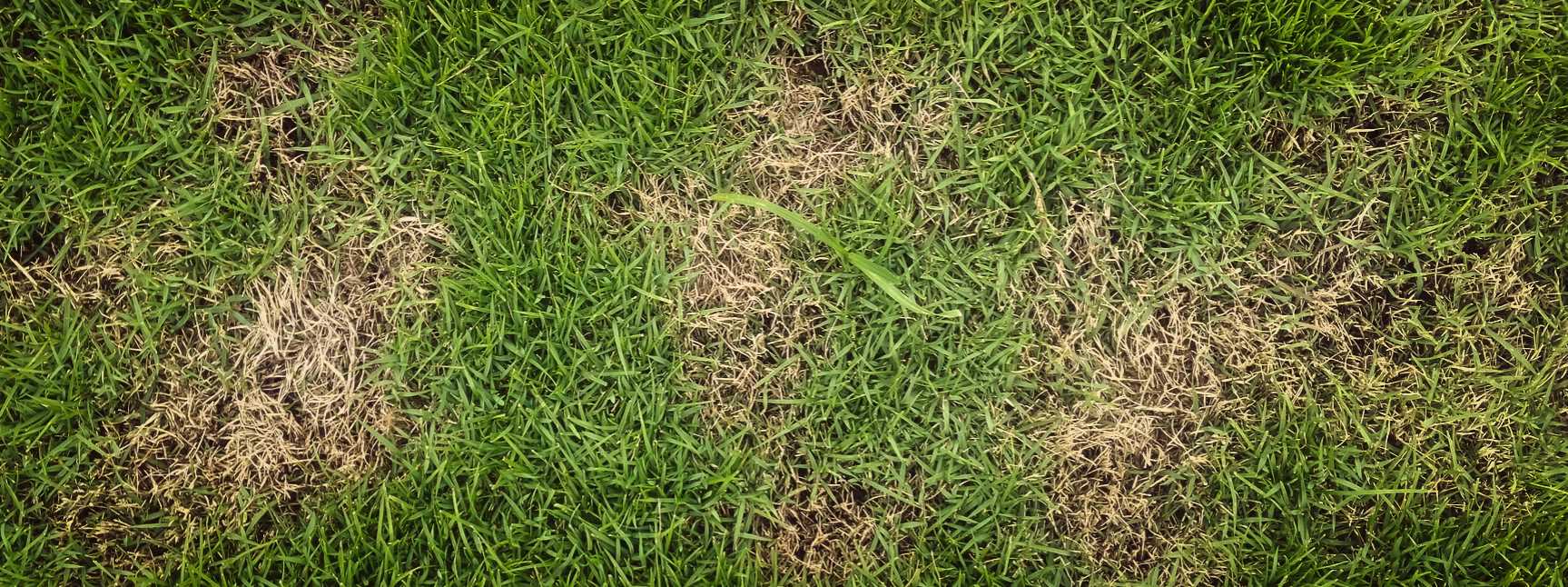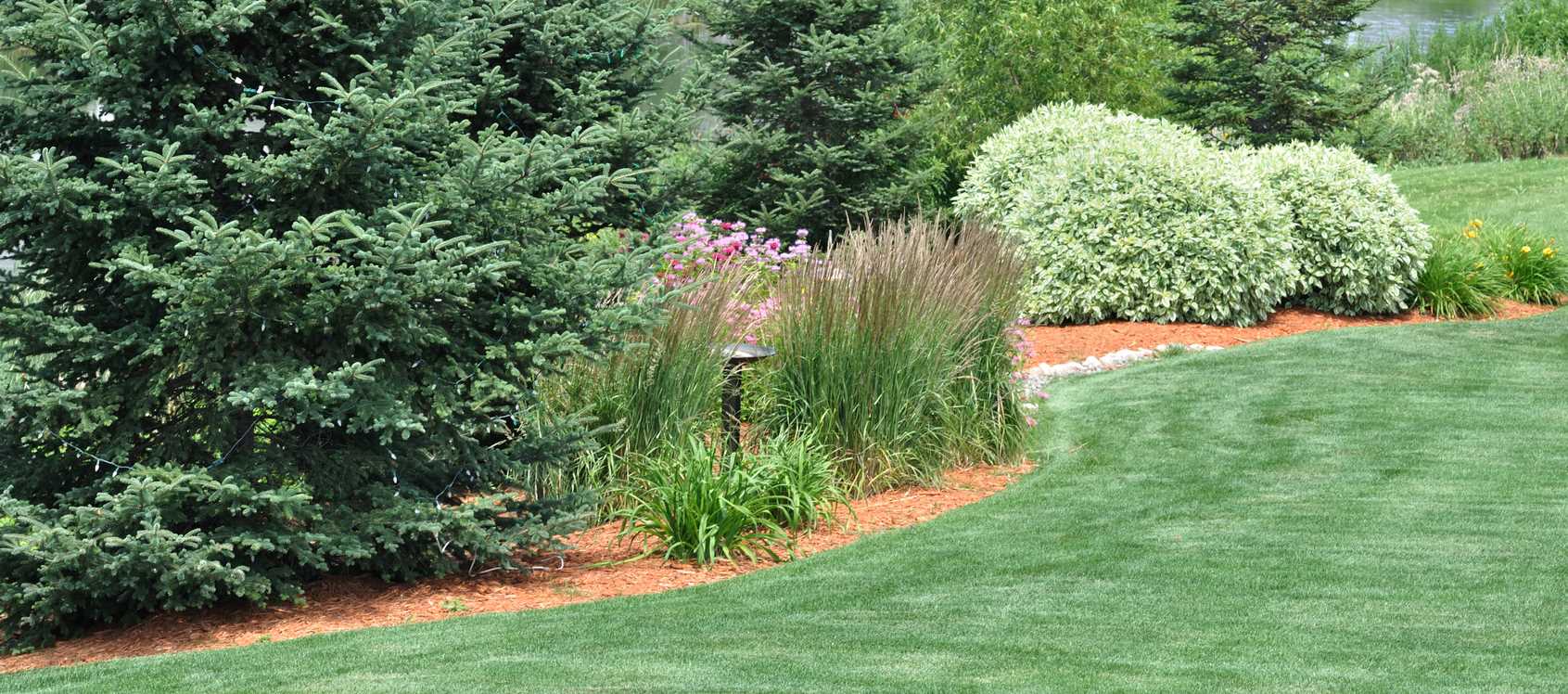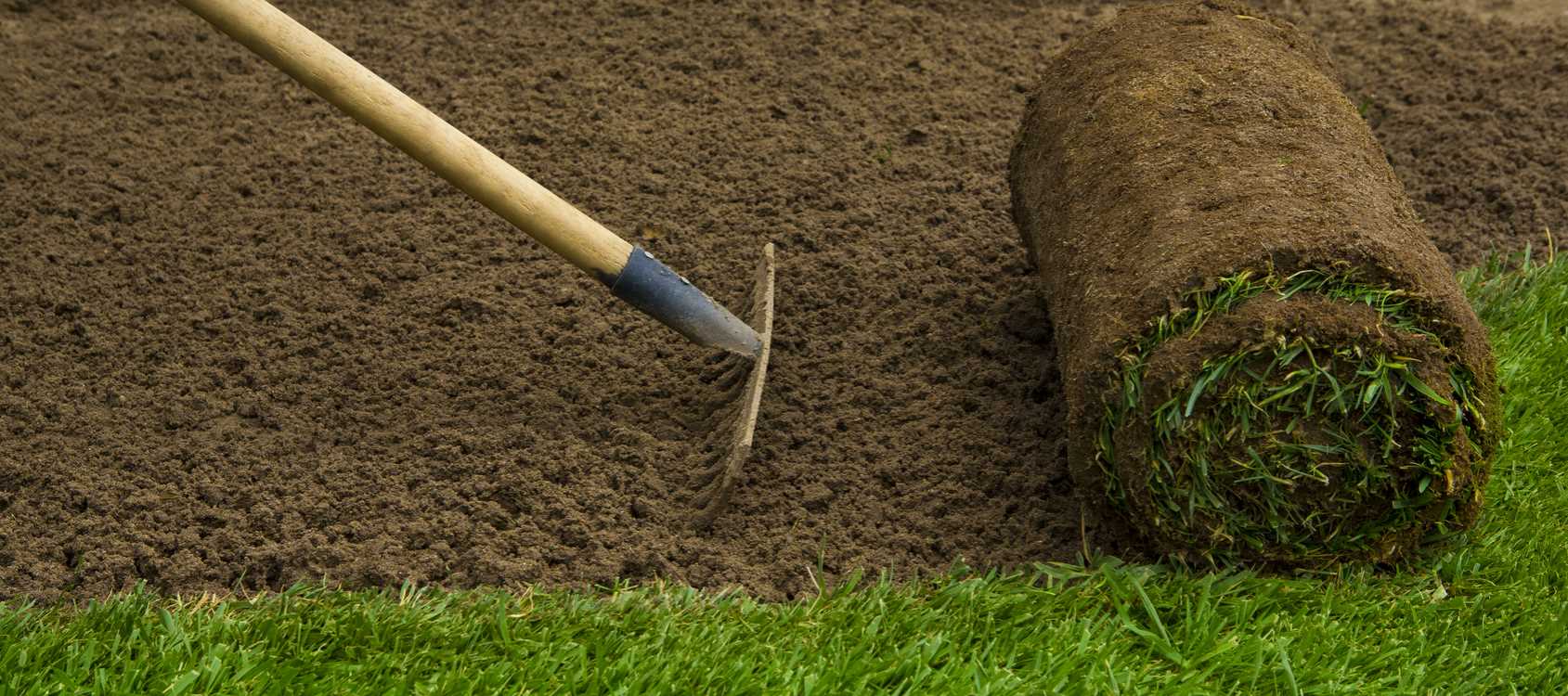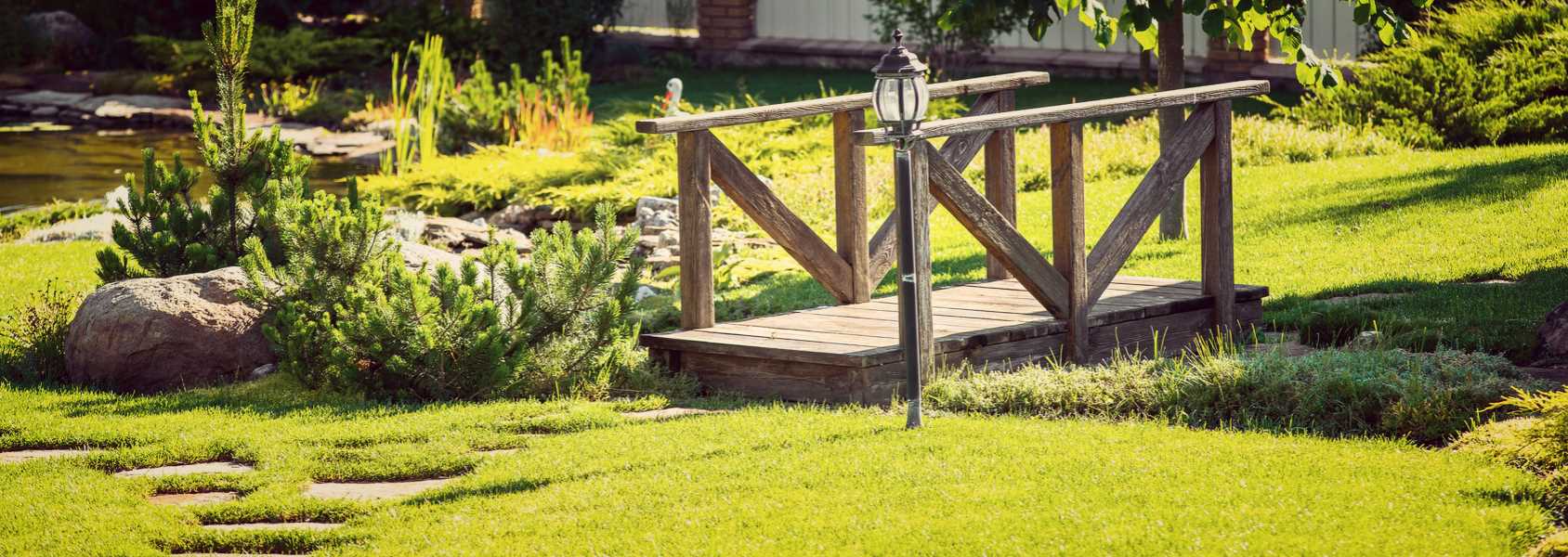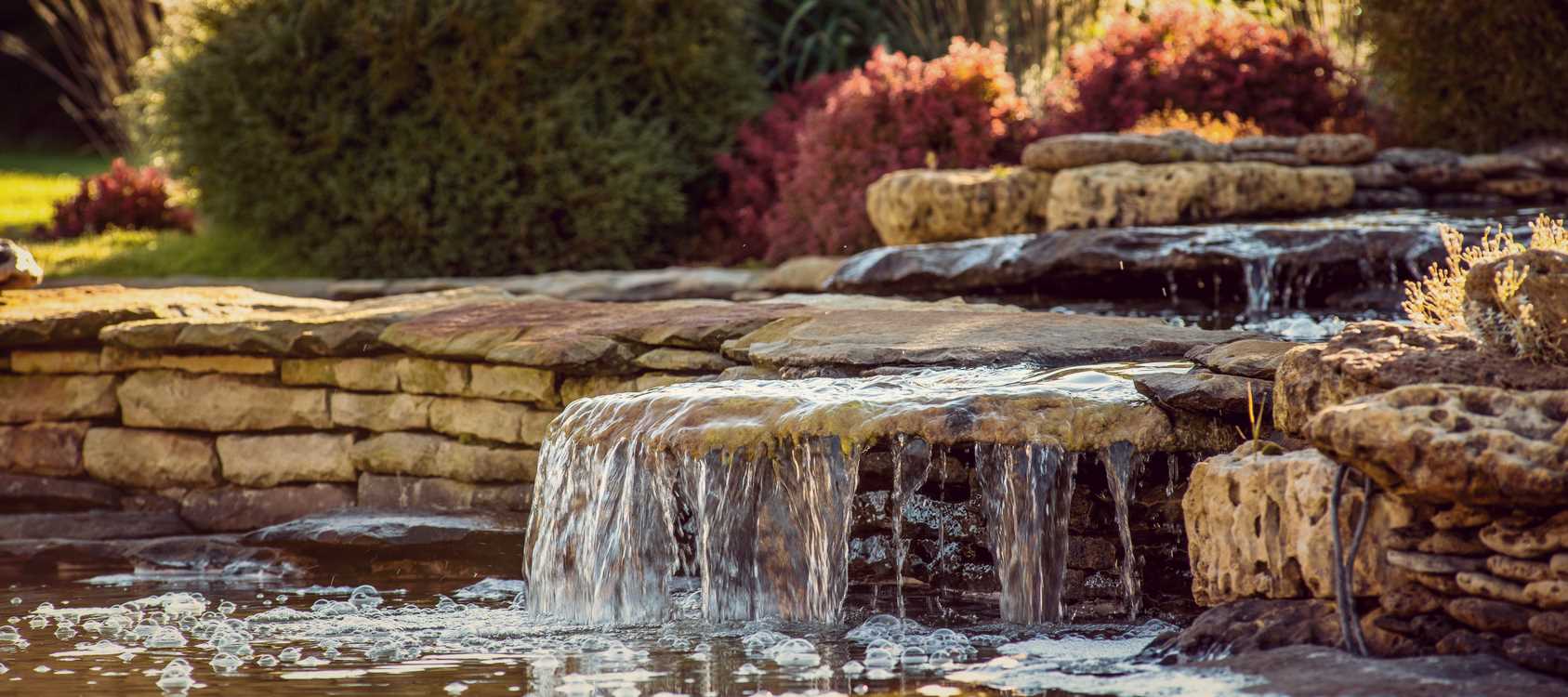Japanese Beetles
Click Here To Download Japanese Beetles
Japanese Beetles
Tree species affected: Japanese beetles are known to feed on over 300 plant species. Linden (basswood), elm, crabapple, sycamore (planetree), sassafras, plum, cherry, and bald cypress are commonly damaged, as well as grape and rose.
Concerns: Lacy, skeletonized leaves. Partial or entire defoliation.
Description: Japanese beetles feed on the upper surface of leaves, leaving behind veins. Damage is frequently seen near the top of the tree or plant first. These beetles often feed in groups.
Insecticides are not compatible with trying to maintain a pollinator-friendly yard and should never be used on flower-ing plants or trees that will attract bees and other pollinators.
Frequently Asked Questions
What is the lifecycle of the Japanese beetle?
Japanese beetles spend most of their one-year lifecycle under-ground as a white, c-shaped grub. These grubs feed on grass roots and can damage turf if populations are high. Grubs pupate in late spring and emerge from the ground as adult beetles around mid-June in Missouri. These beetles congregate on host plants, particularly those in full sun. Japanese beetles congregate through a combination of pheromones released by females and floral scents emitted by the damaged host. After mating, each female beetle lays 40-60 eggs in the soil over the course of her 30-45 day lifespan. These eggs hatch into grubs in July and August. Most adult Japanese beetles are gone for the year by mid-August.
Will Japanese beetles kill my trees?
Healthy, established trees can typically tolerate a heavy amount of feeding damage. However, this damage is a source of stress for trees. You can help your trees by watering them 2-3 times per month during dry times to avoid additional stress from drought. A good rule of thumb is ten gallons of water per inch of a tree’s diameter.
Should I use a Japanese beetle trap?
Be cautious when using Japanese beetle traps as they are very effective at bringing beetles in from areas well outside of your yard. Traps don’t catch all the beetles they attract, so nearby plants may be heavily damaged. If you decide to use a trap, place it at least 100 feet away from plants you want to protect. Dispose of trapped beetles frequently by dropping them into a bucket of soapy water.
If I control the Japanese beetle grubs in my lawn, will I have fewer beetles next year?
Controlling Japanese beetle grubs in your lawn won’t significantly reduce the number of beetles you see next year. Japanese beetles are strong fliers and can continue to fly in from neighboring areas over a mile away.Grub control may have more of an impact if you live in a forested area where turf grass is uncommon.
How can I control Japanese beetles?
For light infestations on shrubs and young trees, handpicking is an effective method of control. Beetles are typically sluggish and easy to capture early in the morning. Shake stems and branches with Japanese beetles over a bucket of soapy water.
Several contact insecticides are available for control of Japanese beetle adults (e.g. acephate, carbaryl, cyfluthrin, permethrin); check the label to confirm Japanese beetles and your plant species are listed. These chemicals may need to be reapplied at labeled intervals, especially in hot or rainy weather. Organic products containing azadiractin and spinosad are effective deterrents for a few days. Neem oil may be useful in deterring beetles from feeding if used at the first sign of damage.
Systemic insecticides, such as those containing imidacloprid, can be applied as a soil drench to protect some types of trees from Japanese beetles (follow all label restrictions). However, this product would need to be applied in early June in order to be effective since it can take 4-6 weeks for a tree to translocate the chemical from soil to the leaves.
Due to impacts on pollinators, systemic insecticides should not be applied before or during the bloom period on any plant. In addition, use of many IMIDACLOPRID products (e.g. Bayer Advanced Tree & Shrub Insect Control) is NOT ALLOWED on LINDEN (BASSWOOD), a common host tree of Japanese beetles.Product labels contain new restrictions due to frequent misuse and impacts on pollinators.
Are there any biological controls for Japanese beetles?
No biological controls are currently available for managing adult Japanese beetles. Two products are available for biological control of Japanese beetle grubs in the soil.Neither product is 100% effective.
- Milky spore (milky disease bacteria)isa long-term control technique that can help reduce grub populations in 2-3 years. Introduce milky spore into several spots in your yard ina grid pattern.Once in the soil, the spores will be present for many years. Milky spore requires specific temperature and moisture conditions to infect grubs, so effectiveness varies.
- Nematodes of the Heterorhabditisstrains will attack grubs.Because soil moisture is critical for nematode survival, it can be difficult to maintain proper conditions for nematodes and avoid overwatering plants.Nematodes need to be applied every year up to three times during the grub stage.
What should I do next year to protect my trees?
Keep an eye out in mid-June for Japanese beetles. Handpick beetles off small or newly planted trees. Preventing early feeding damage can protect trees in the following weeks. If populations are too high to remove by hand, spray an insecticide labeled to control Japanese beetles on your particular tree species. Repeat, if needed, at labeled intervals.
For large established trees, help reduce stress caused by Japanese beetle feeding through good tree care practices: water trees 2-3 times per month during drought conditions, avoid wounding by mowers and weed trimmers, and, if used, keep mulch rings no deeper than 3”.
Do weather conditions impact Japanese beetle populations?
Drought conditions in July and August can lead to the death of many newly hatched grubs. During severe droughts, irrigated areas and some low-lying wet locations may be the only places that grubs survive. Harsh winter conditions can also be a limiting factor in Japanese beetle grub survival. Grubs are killed when soil temperatures reach 15°F or when soils remain near 32°F for two months, (snow cover can significantly insulate soils from frigid air). A cold winter without much snow could greatly reduce the following year’s adult beetle population.

